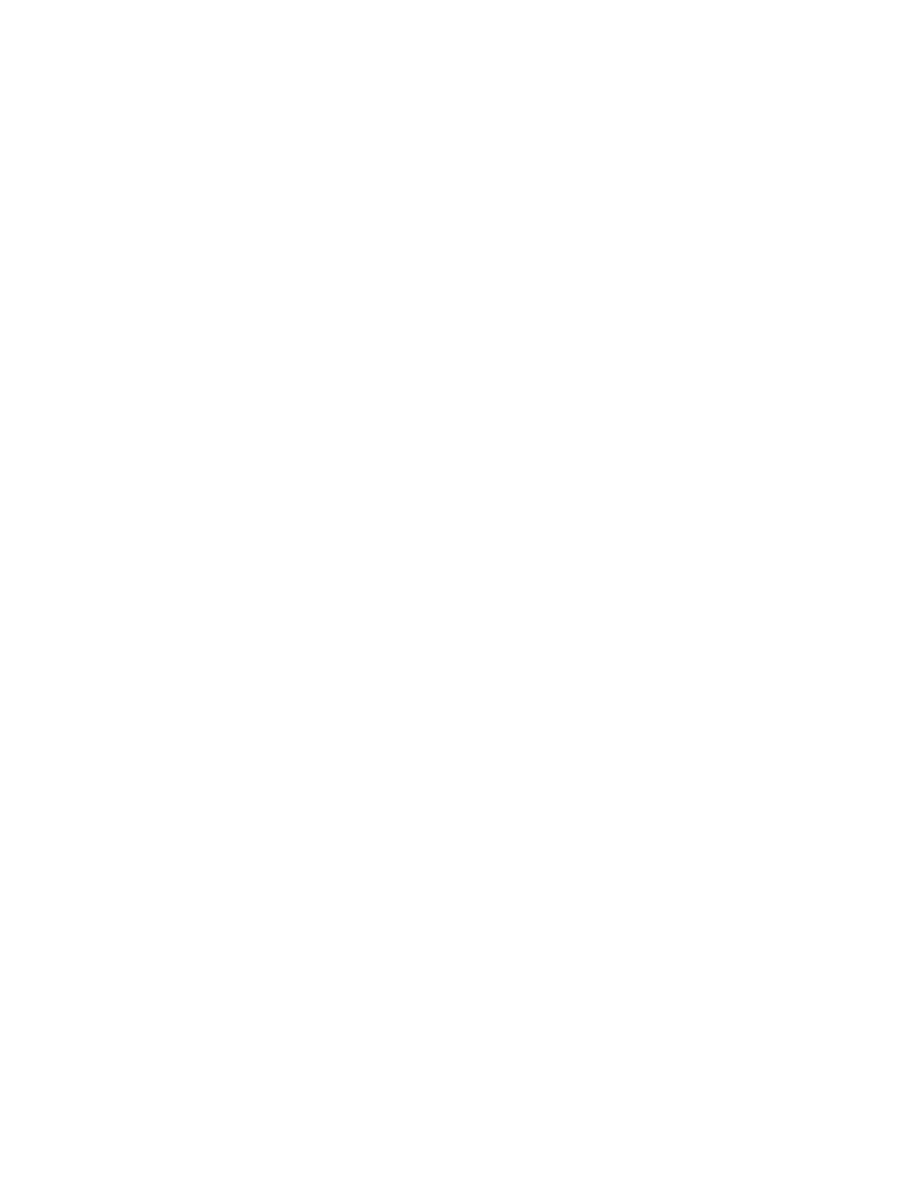Equinox AWD V6-3.4L (2008)

Fuel Pressure: Testing and Inspection
Fuel System Diagnosis
Fuel System Diagnosis
Diagnostic Instructions
*
Perform the Diagnostic System Check - Vehicle prior to using this diagnostic procedure. See: Testing and Inspection/Initial Inspection and
Diagnostic Overview/Diagnostic System Check - Vehicle
*
Review Strategy Based Diagnosis for an overview of the diagnostic approach.
*
Diagnostic Procedure Instructions provides an overview of each diagnostic category.
Circuit/System Description
The engine control module (ECM) enables the fuel pump relay when the ignition switch is turned ON. The ECM will disable the fuel pump relay within
2 seconds unless the ECM detects ignition reference pulses. The ECM continues to enable the fuel pump relay as long as ignition reference pulses are
detected. The ECM disables the fuel pump relay within 2 seconds if ignition reference pulses cease to be detected and the ignition remains ON.
The fuel system is a returnless on-demand design. The fuel pressure regulator is a part of the primary fuel tank module, eliminating the need for a return
pipe from the engine. A returnless fuel system reduces the internal temperature of the fuel tank by not returning hot fuel from the engine to the fuel tank.
Reducing the internal temperature of the fuel tank results in lower evaporative emissions.
An electric turbine style fuel pump attaches to the primary fuel tank module inside the fuel tank. The fuel pump supplies high pressure fuel through the
fuel filter, past the fuel pressure regulator, and through the fuel feed pipe to the fuel injection system. The fuel pressure regulator has a T-joint that
diverts the needed fuel to the fuel rail with the unused fuel dropping back into the reservoir of the primary fuel tank module. The primary fuel tank
module contains a reverse flow check valve. The check valve and the fuel pressure regulator maintain fuel pressure in the fuel feed pipe and the fuel rail
in order to prevent long cranking times.
The primary fuel tank module also contains a primary jet pump and a secondary jet pump. Fuel pump flow loss, caused by vapor expulsion in the pump
inlet chamber, is diverted to the primary jet pump and the secondary jet pump through a restrictive orifice located on the pump cover. The primary jet
pump fills the reservoir of the primary fuel tank module. The secondary jet pump creates a venturi action which causes the fuel to be drawn from the
secondary side of the fuel tank, through the fuel transfer pipe, to the primary side of the fuel tank.
Special Tools
*
CH-48027 Digital Pressure Gage
*
J 37287 Fuel Line Shut-off Adapter
Circuit/System Verification
Important:
*
Inspect the fuel system for damage or external leaks before proceeding.
*
Verify that adequate fuel is in the fuel tank before proceeding.
*
The fuel pump relay may need to be commanded ON a few times in order to obtain the highest possible fuel pressure.
*
Before proceeding with this test review the User Manual CH 48027-5 for Safety Information and Instructions.
1. Ignition ON, engine OFF, command the fuel pump relay ON with a scan tool. You should hear the fuel pump turn ON and OFF.
^
If the fuel pump does not operate, refer to Fuel Pump Electrical Circuit Diagnosis. See: Powertrain Management/Computers and Control
Systems/Testing and Inspection/Component Tests and General Diagnostics
2. Ignition OFF, all accessories OFF, install a CH-48027.
3. Ignition ON, engine OFF, command the fuel pump relay ON with a scan tool. Verify the fuel pressure is between 384-425 kPa (56-62 psi) and
does not decrease more than 34 kPa (5 psi) in 1 minute.
Circuit/System Testing
Important:
*
The fuel pump relay may need to be commanded ON a few times in order to obtain the highest possible fuel pressure.
*
DO NOT start the engine.
